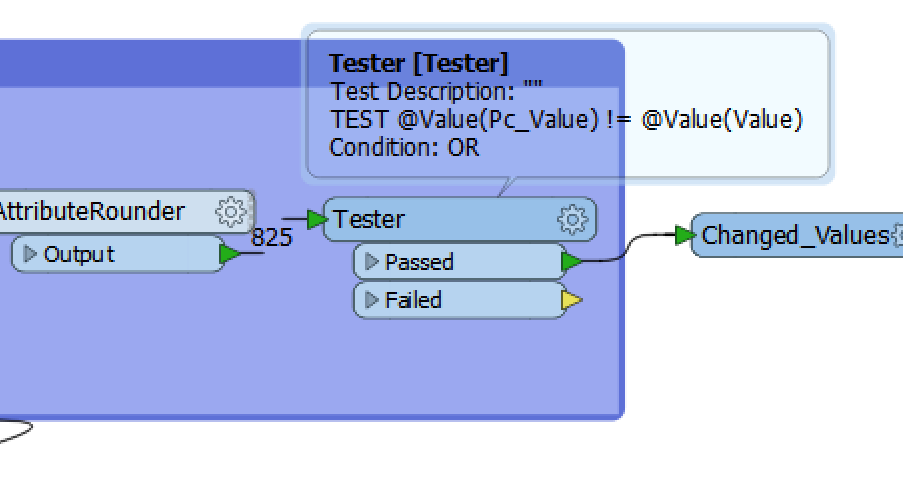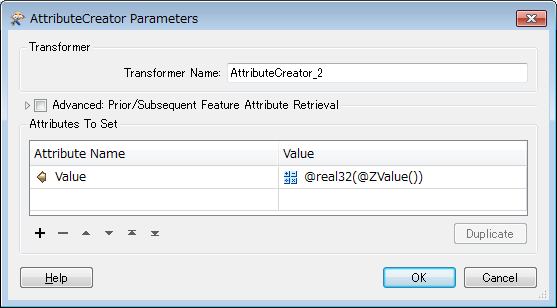Hi,
I tried to optimize an existing workflow by replacing all RasterCellCoercers by their PointCloud equivalent as described in:
https://knowledge.safe.com/content/idea/22245/spatial-statistics-on-raster-data.html
I however noticed that there is a small difference in the way the raster values are returned
Example:
My original raster value is equal to 23.835
The RasterCellCoercer returns 23.835.
The PointCloedCoercer however returns a value of 23.834975...
When I round these values to 2 digits I get 23.84 and 23.83, depending on the method that was used to extract the raster values.
I think this has something to do with the fact that the data type of the components is changed to 'Real64', as described in the logfile:
'PointCloudCoercerFactory: Converting component 'z' from type 'Real32' to 'Real64'. If this conversion is undesired, consider changing the type explicitly'
Has anyone experienced a similar issue? Any suggestions on how to tackle this problem? I tried using the PointCloudComponentTypeCoercer but so far it did not do the trick.











